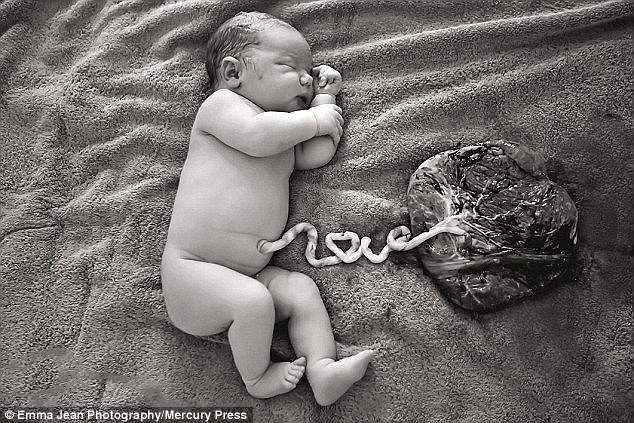Where did "natural" childbirth come from?
Although unverified, the news of a mother's death due to natural childbirth has caused panic among many people.
According to information posted on social networks, a pregnant woman in Ho Chi Minh City attended a training class on natural childbirth at a cost of 15 million VND. During labor, the mother was exhausted, the baby suffocated and did not receive timely first aid, so both mother and baby died.
Previously, social networks had spread information that a woman in Hung Yen had just given birth using the "lien sinh" method - giving birth naturally without cutting the umbilical cord but leaving the umbilical cord connected to the placenta until it fell off on its own, without vaccination, which made many people angry.
What is Lien Sinh?
Lotus birth is a 'natural' birth method with the criterion of not cutting the baby's umbilical cord after birth but letting it fall off naturally. Accordingly, after natural birth, the umbilical cord attached to the baby's navel and placenta is not clamped or cut, the baby is immediately placed on the mother's chest/abdomen.
The placenta is placed in a bowl or wrapped in a wet towel, placed near the mother and baby to prevent the connection between mother and baby from happening unexpectedly for more than an hour. Then, the placenta is preserved by washing, drying, using preservatives and placed near the baby. After a few days (usually 3-10 days), the umbilical cord will fall off the baby's abdomen, depending on the humidity in the air.
|
| The umbilical cord is not cut immediately after birth but is left to fall off naturally after 3-10 days. Photo: Dailymai |
When did the interbreeding movement start?
The idea emerged in 1974 in the US and Australia, according to an excerpt from the book "Simple Childbirth, Simple Motherhood: Scientific Choices in Pregnancy, Childbirth and Parenthood" by Dr. Sarah Buckley.
In the book, Buckley writes: "The birth of the lotus is a natural birth, we honor the placenta, the child's first source of nourishment."
Buckley said cutting her first child's umbilical cord felt "strange and uncomfortable," like "cutting off a boneless toe." That anxiety led her to have her second child in 1993. After the baby was born, Buckley placed the umbilical cord in a red velvet bag, which eventually fell off after six days. During that time, she and her family swabbed the placenta with salt and lavender oil every 24 hours.
Some studies suggest that delaying clamping the umbilical cord for 30–60 seconds after birth may benefit the newborn.
Researchers from the Royal College of Obstetricians and Gynaecologists (RCOG), UK, found that this short delay increased the baby's haemoglobin levels and increased iron stores for the baby's first months. Particularly in premature babies, this improved blood circulation and reduced the need for blood transfusions.
However, Dr. Schweizer asserts that delaying cutting the umbilical cord for 60 seconds is different from letting the cord dry and fall off naturally.
|
| This method is applied by many mothers. Photo: Dailymail |
Health risks
There are no studies to prove the benefits of this method for the baby. Dr. William Schweizer, Langone Medical Center, USA said connecting the baby to the placenta is high risk.
For the developing fetus, the umbilical cord is the lifeline, the placenta transfers nutrients and takes away waste. But when the baby is born, the placenta is no longer needed. In fact, because it contains blood, when it comes out, the placenta is essentially dead tissue, it is very susceptible to infection. This can be harmful to the baby.
Concerns about the number of natural births in the UK in 2008 prompted the RCOG to recommend that any baby born by this method should be closely monitored for early signs of infection.










